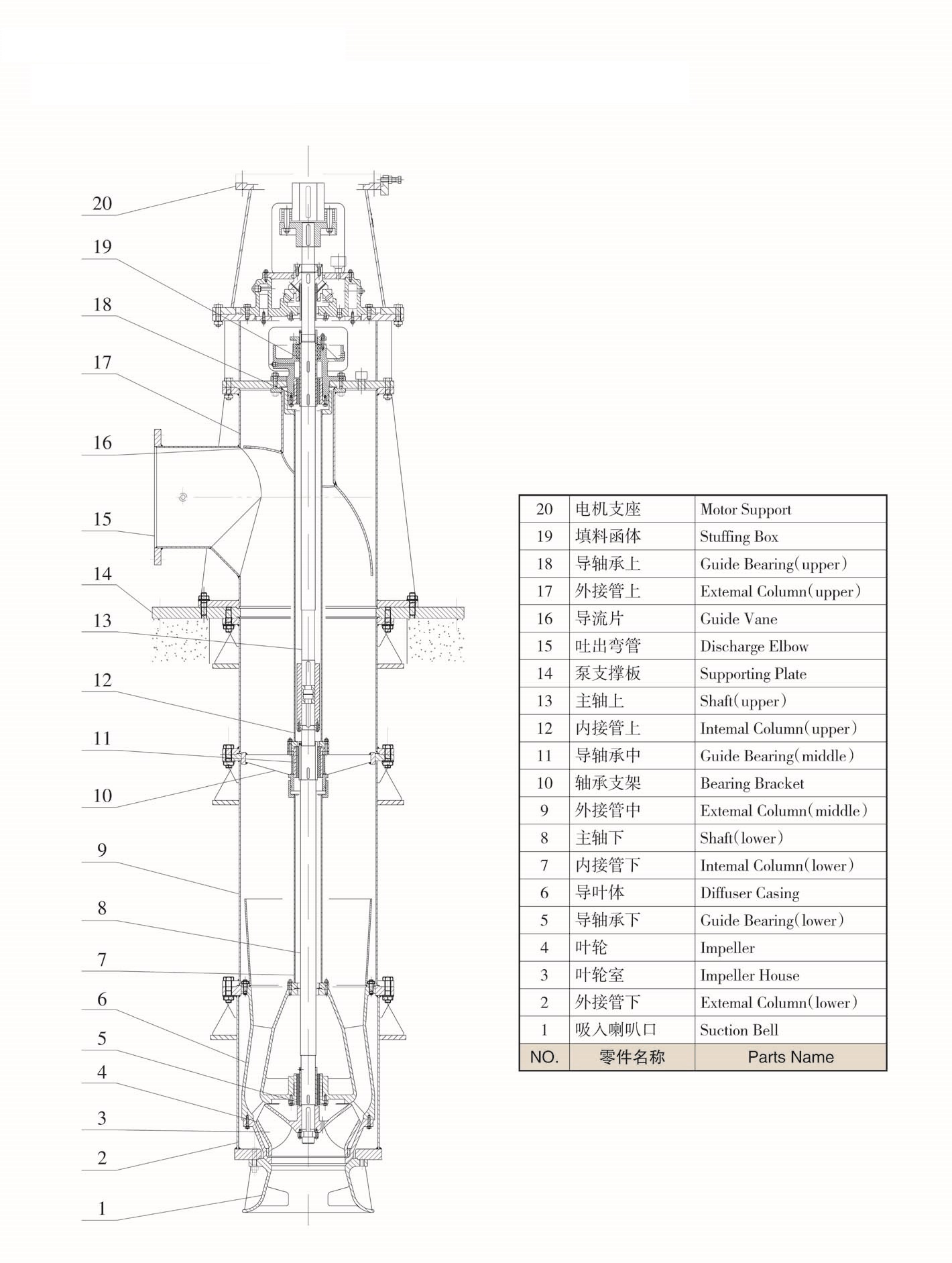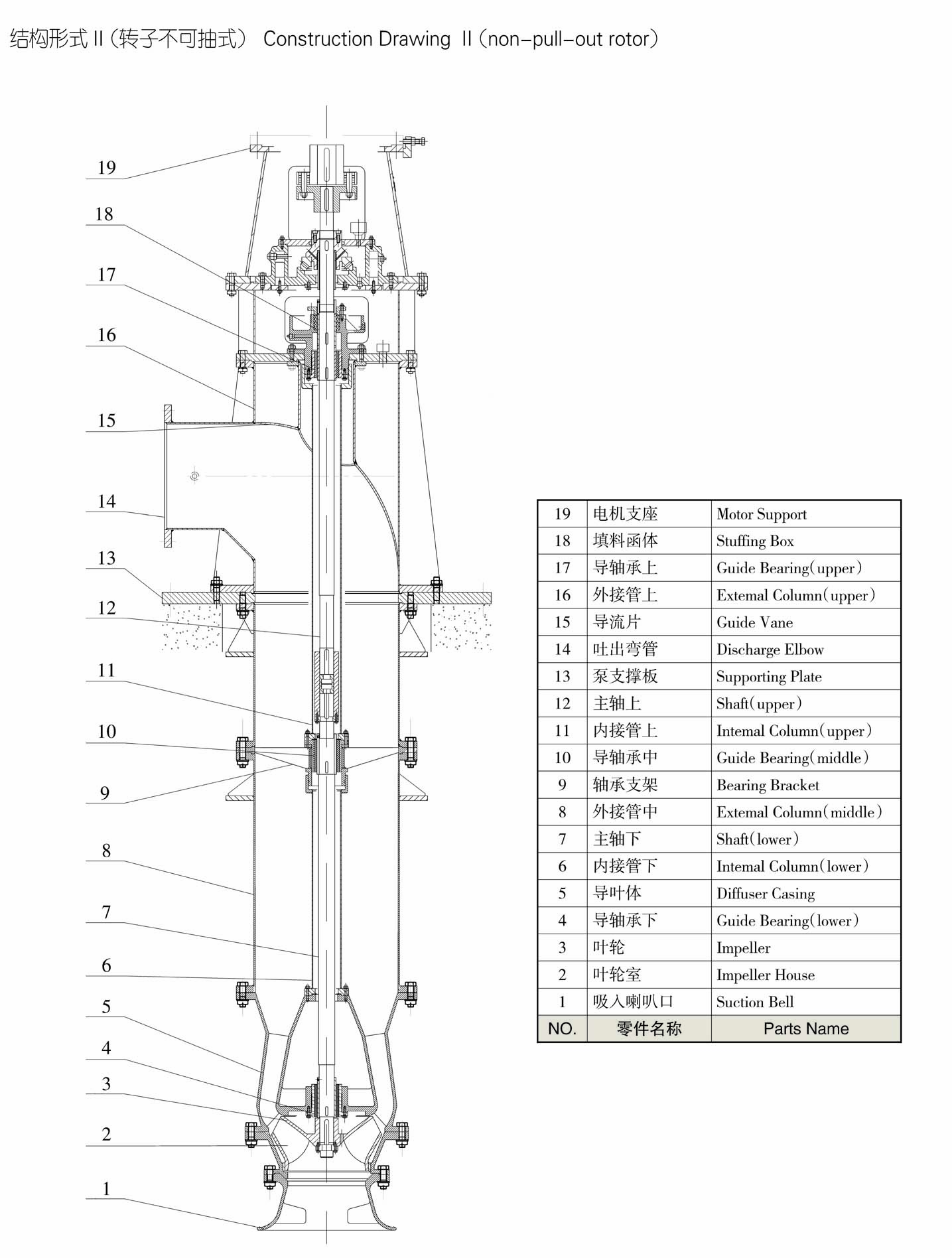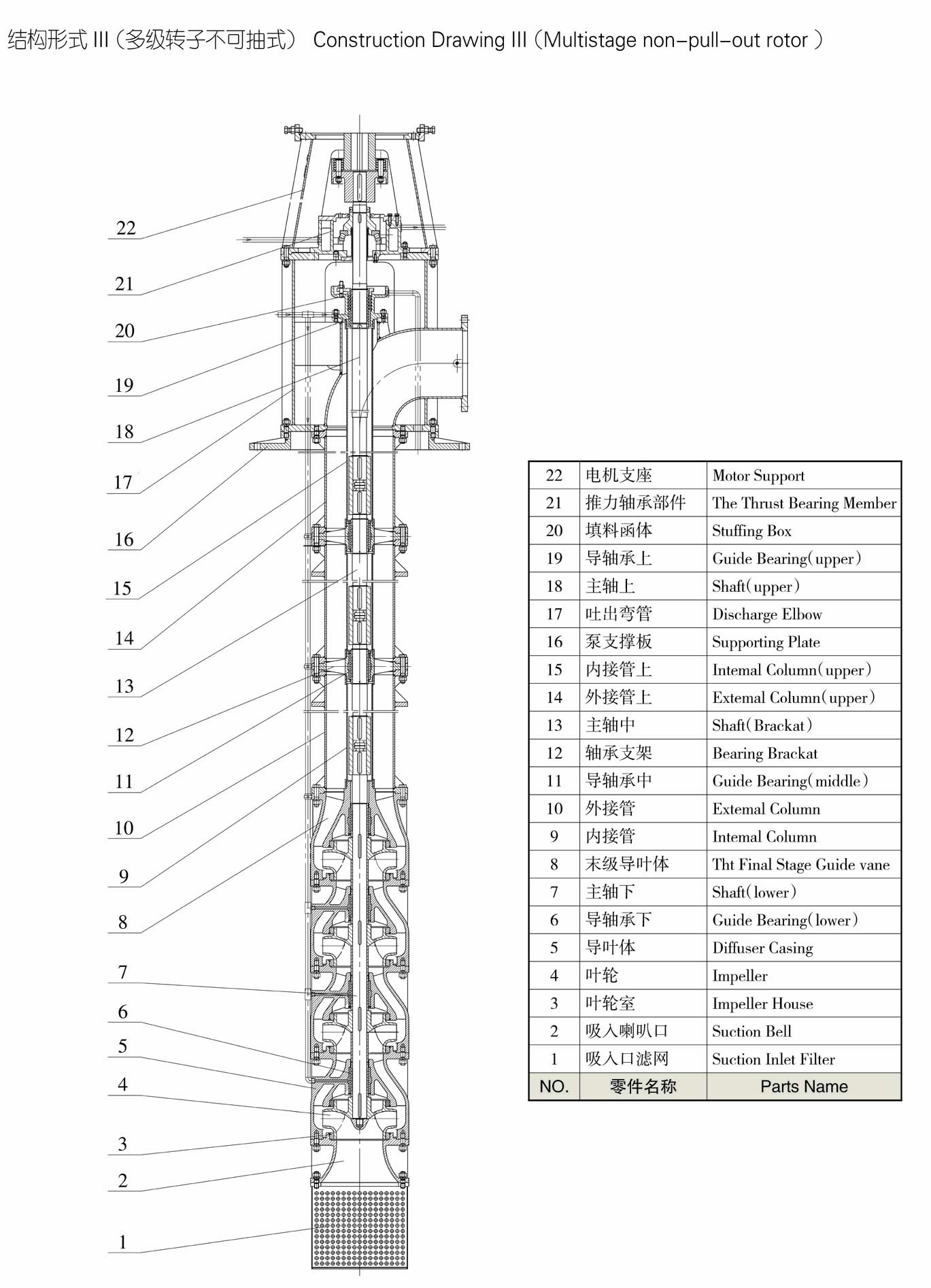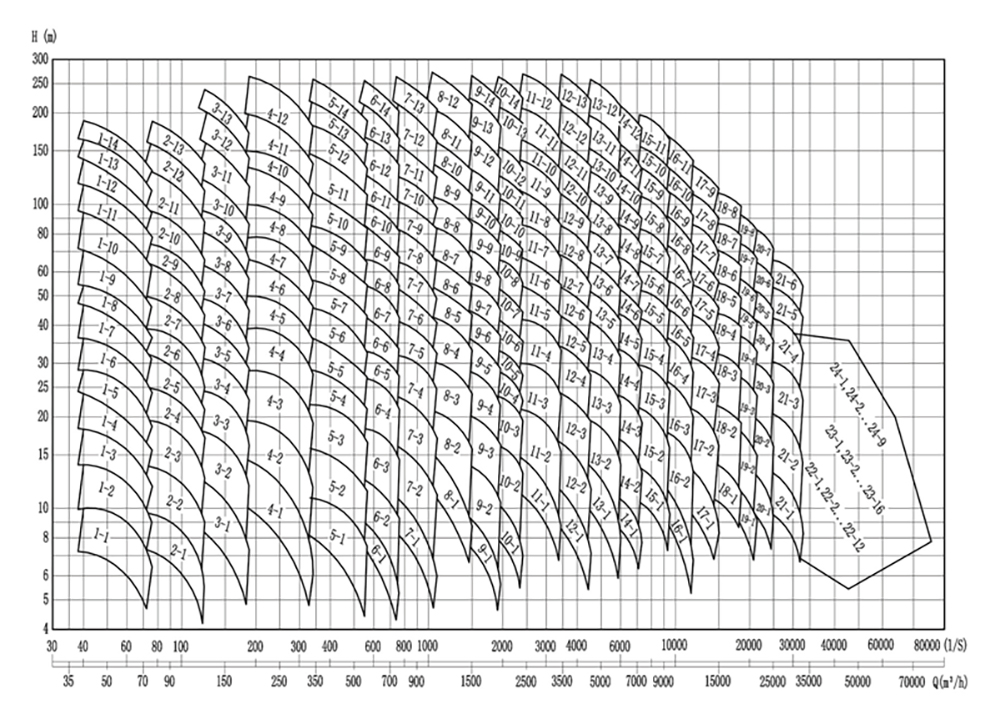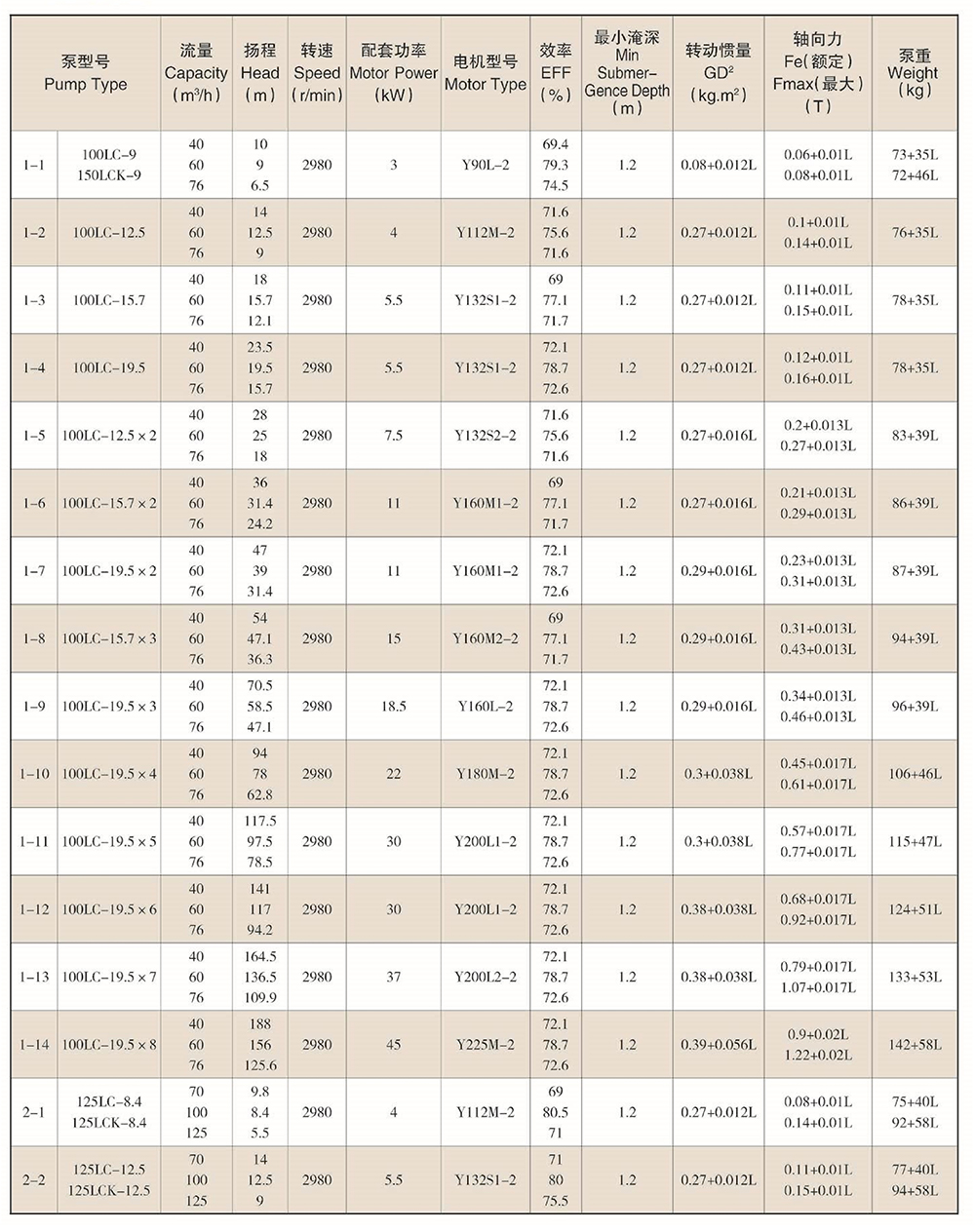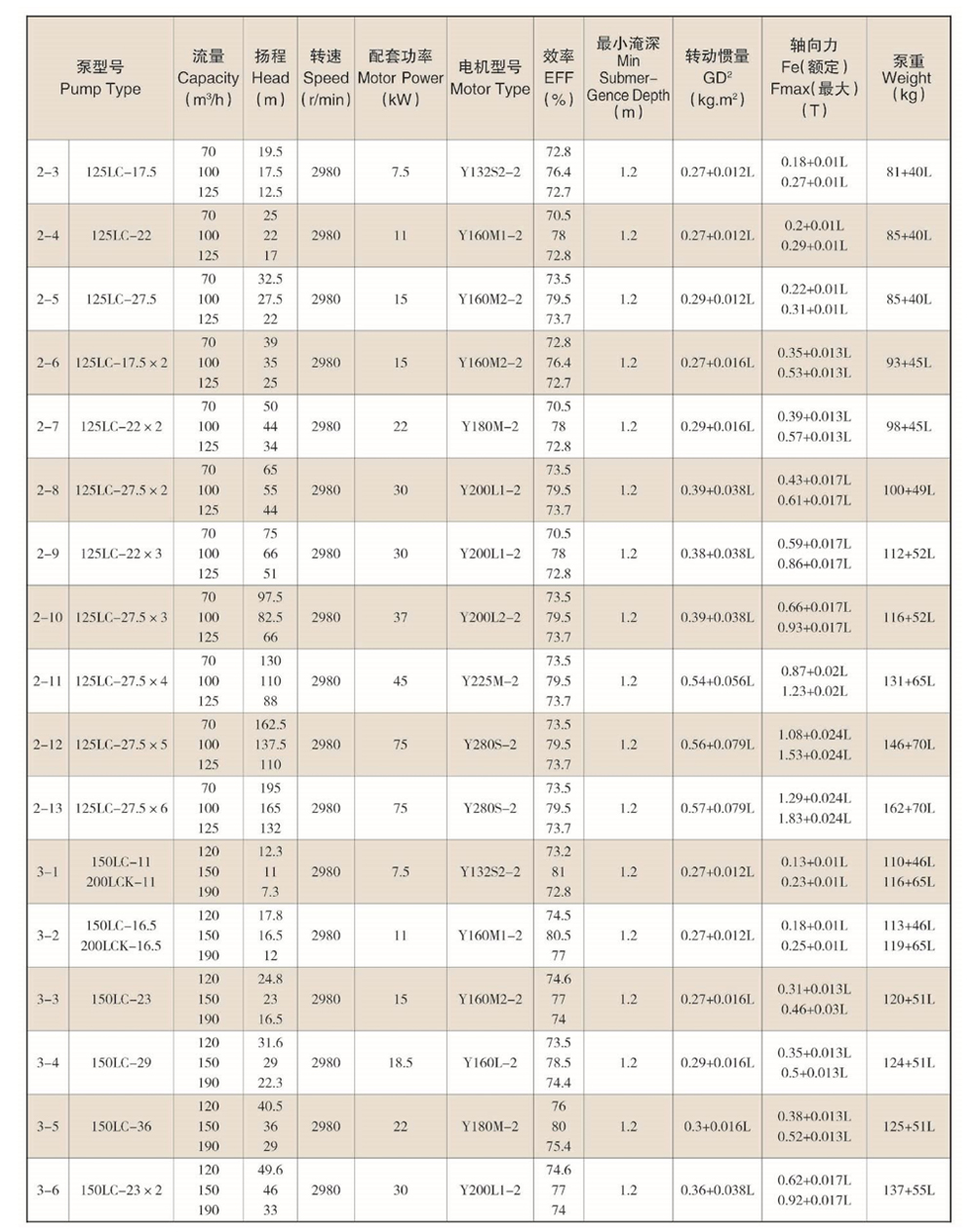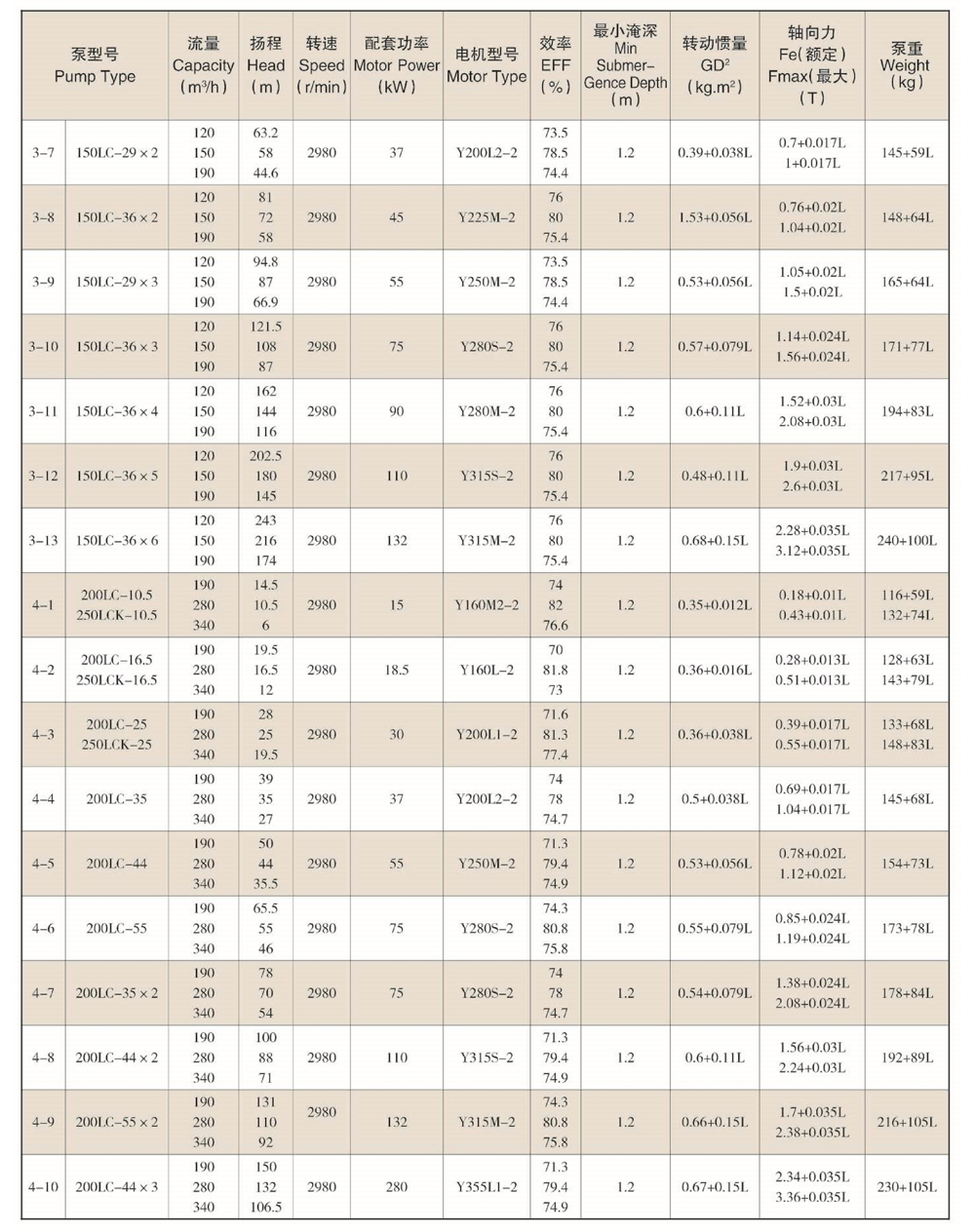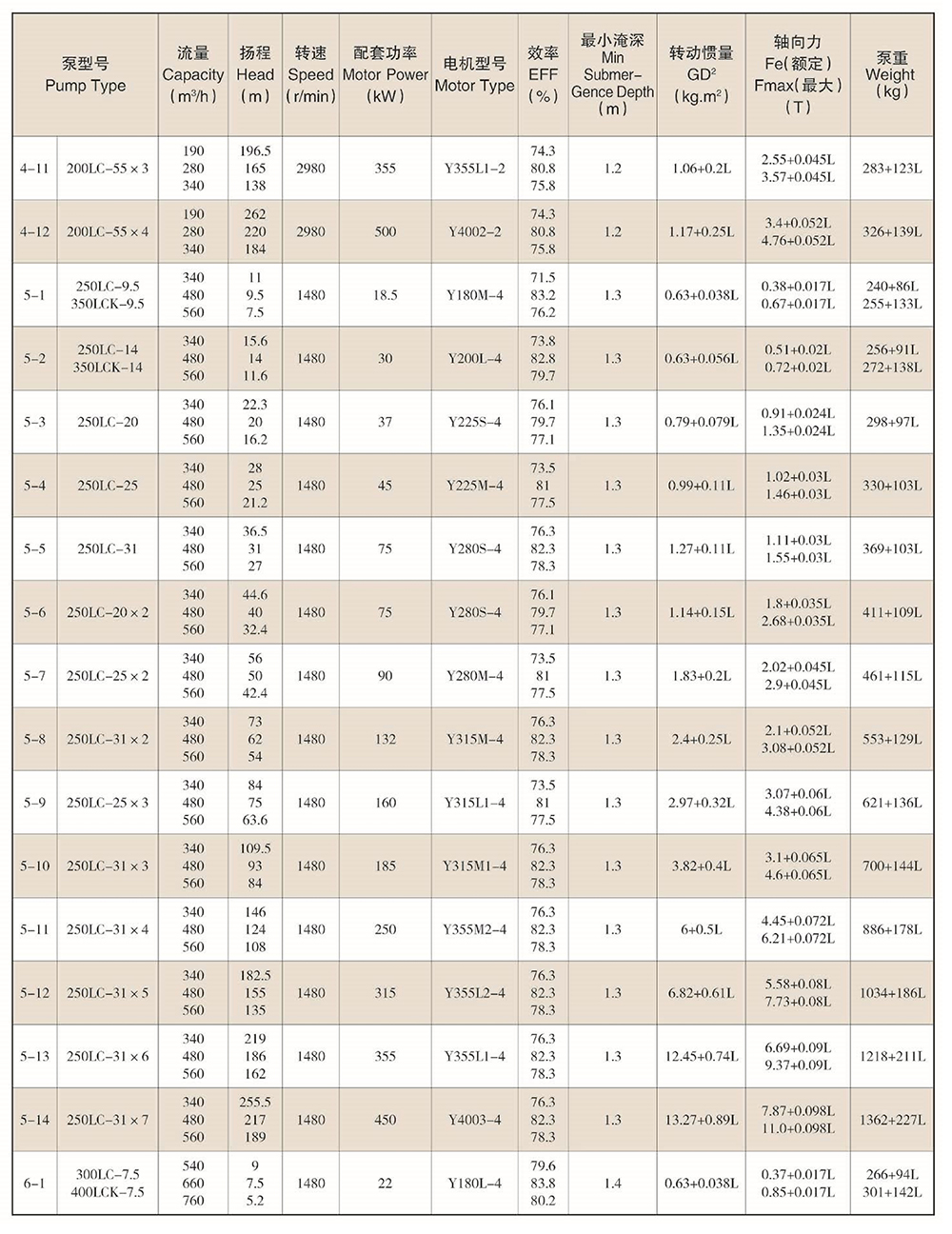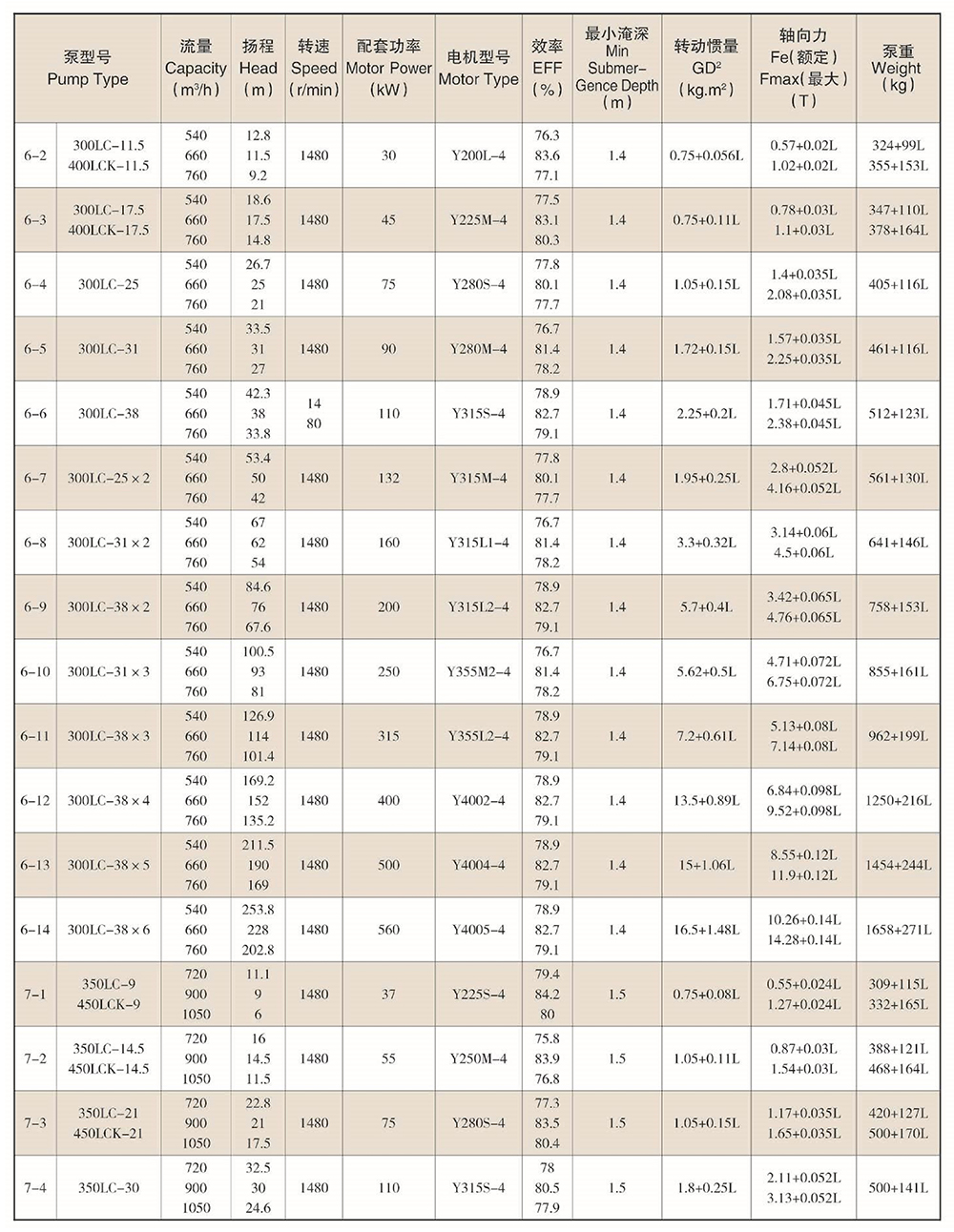1. Inspection before starting
Be sure to check the followings:
(1) Insure pump plate fixed on foundation;
(2) Insure coupling and pump unit alignment;
(3) Insure piping connected by requirements;
(4) Insure motor installed by Installation and operation instruction;
(5) Insure the rotor of pump rotate easily (at least a circle);
(6) Insure the coupling guard installed;
(7) Insure the operator fully understand the safety specification that they should obey and the failures may be occurred;
(8) Insure the shaft seal liquid or cooling liquid lead-in by requirements;
(9) Insure the shaft seal installed by operation instruction;
(10) Insure the auxiliary device installed by operation instruction (If they exist);
(11) nsure the bearing have lubricated well, especially insure new pump grease or thin oil do not reduce or go bad;
(12) Insure the air trapped in pump escaped。
2. Shaft Seal
Open valves properly for stuffing box seal
3. Air exhaust
Pump and piping should fill of medium before starting, there are two methods: creation of vacuum or priming. If the pump operated on the suction state, exit gas by bolt hole on top of the pump casing.
Note: When creation of vacuum, evacuate air by bolt hole on top of the pump casing. When priming, open both side low pressure volute chamber of pump casing and the top plug, to get rid of pump vibration by remained air in pump.
4. Starting
(1) Close outlet valve;
(2) Open inlet valve completely;
(3) Open all auxiliary piping (cooling, heating, sealing, rinsing and lubricant liquid), and check all capacity and pressure;
(4) Starting pump after finishing above procedures;
(5) When the system starting deliver medium and the pressure reading at pressure gauge rise up, open outlet valve slowly。
Note: Forbid pump operating without liquid! Only close outlet valve when the pump start and shutdown, otherwise will damage the pump by overheating.
5. Operation
(1)

Confirm operating point
According to Q-H performance curve of pump, capacity Q varies with the actual operation head. The head depended on the system head (including the altitude difference between inlet and outlet, piping, valves, radiator and so on). So the pump actually operating point B depends on pump performance
curve Q-H and system performance curve Q-HA.
Once capacity settled, the shaft power, efficiency, NPSH settled as well. Pump has limited working range. The minimum capacity are shown as Qmin in Q-H performance curve. Maximum capacity are depended on the cross point of pump tolerance NPSH and system valid NPSHA. Adjust valve can change performance curve Q-HA of system, thereby adjust operation performance, makes pump operation stable and high efficiency.
(2) Operation management
Should pay attention to followings:
a. Pump should work stably
b. Forbid pump operating without liquid
c. To prevent medium temperature rise up, pump can not be run long period when close outlet valve
d. Generally, the bearing temperature not higher than 35℃ of ambient temperature, absolute
operation temperature less than 100℃.
e. Check oil level regularly if use thin oil. Deep groove ball bearing of grease lubrication no need routine maintenance.
f. Do not close inlet valve (if it is exist) when pump operating.
g. Periodical inspection and start jury pump.
h. Check auxiliary piping whether connected well.
i. Check elastic element of coupling, if worn replace immediately.
j. For stuffing box seal there should have a slight drip when running, push stuffing box gland gently until there is a slight drip (about 15-30 drop/min ).
For mechanical seal the seal leakage should reduce gradually. It is about 0-5drop/min after
starting few hours. If the seal leakage increase gradually and reach about 30-60drop/min, should check or adjust mechanical seal.
6. Shutdown
Close discharge valve.
Insure the pump unit stop smoothly when shutdown the motor. Pump should have a proper after-running period, cut heat source at this time, so that the delivered medium can cool down completely and avoid of producing any heat inside pump.
Close suction valve if pump stop work for a long period of time.
Close auxiliary piping, the shaft seal should use seal lubricant even though at stopped state. Evacuate all medium in pump and piping when freeze or stop work for a long-term, so as not to frost crack.
7. Storage
Every pump has inspected strictly before delivery. Recommend to adopt following procedures to store pump.
(1) Store new pump
If store pump at indoor, clean dry place and follow the storage requirements, the longest storage time is 12 months.
(2) If equipment is to be stored for long periods of time should follow below procedures.
a. Pump should keep in installation state and inspect work condition regularly. Start pump once every month or every three months (about 5 minutes). Check running condition before starting pump to insure there is enough liquid.
b. Dismantled pump from piping and check it according to section 5.1 to 5.4. Apply protective agent on inside pump casing especially the gap of the impeller, apply on suction and discharge, then cover the suction.
c. Operation after storage
Inspect and maintain completely before starting pump, especially shaft seal and bearing lubricant. Reinstall all safety protection devices according to requirement before starting.

